3D Molecular Model Representations
3D molecular representations help users visualize the structure of molecules in different ways.
Cartoon View of Molecular Structures
Show cartoon
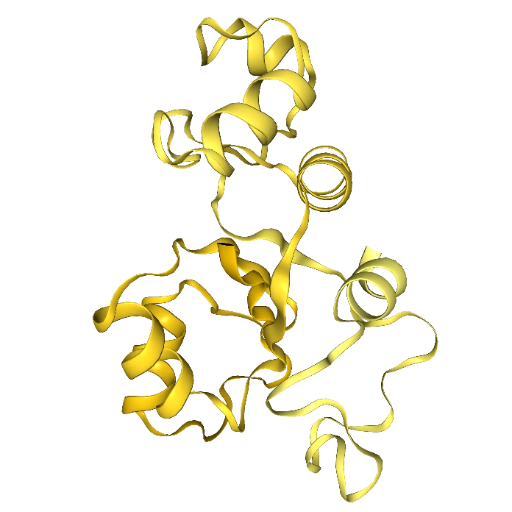
This representation shows the secondary structure of proteins and the backbone of nucleic acids. It is a very common visualization method but is not applicable to small molecules, sugars, lipids, or ions. This is the default for proteins in copilot.
Spheres or Spacefill View of Atoms in Molecular Structures
Show spheres
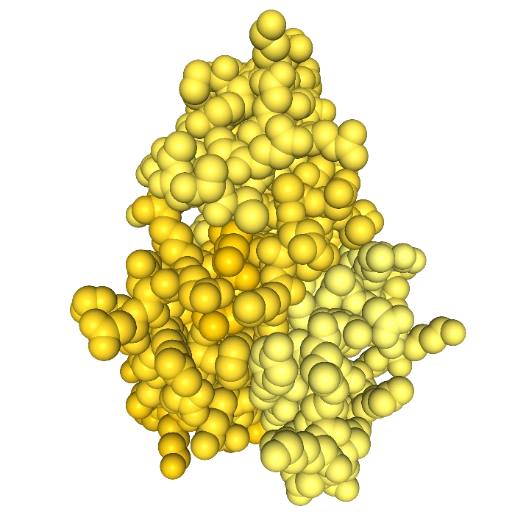
This representation shows each atom as a sphere, with the radius based on the van der Waals radius. The size can be customized, emphasizing the atoms while hiding the bonds.
Surface Model for Molecular Shape
Show as surface with opacity 0.1
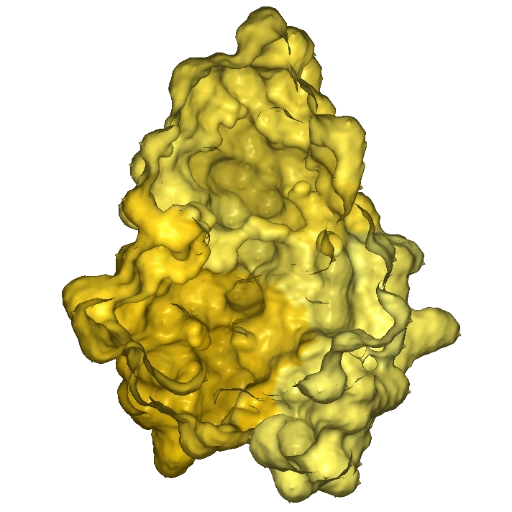
This representation displays a thin envelope around a molecule, emphasizing its overall shape. It is often used with varying opacity levels to layer with other visualization methods. The opacity (0-1) can be changed to make the entire surface more transparent.
Ball and Stick Molecular Model
Show as ball+sticks
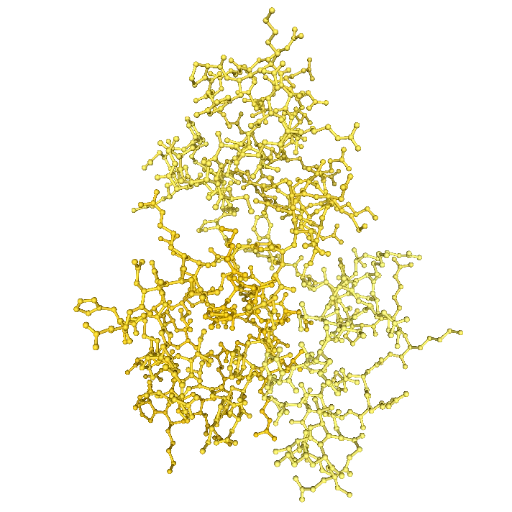
This representation displays each atom as a small sphere and each bond as a stick, creating a balanced emphasis on both the atoms and the bonds.
Mesh Representation of Molecular Surface
Show as mesh
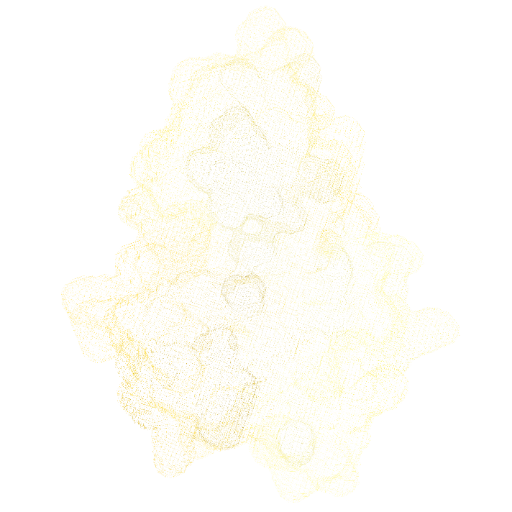
This representation features a thin, semi-transparent mesh envelope around a molecule. Lowering the mesh level enhances the detail visible in the molecular surface.
Licorice Molecular Visualization Model
Show as licorice
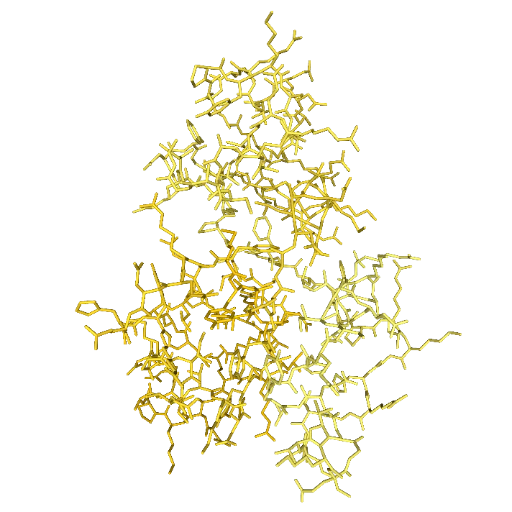
This representation shows each bond as a stick, with atoms indicated by color rather than shape. The emphasis is on the bonds, while ions are represented as small spheres.
Glow Effect in Molecular Visualization
Add glow
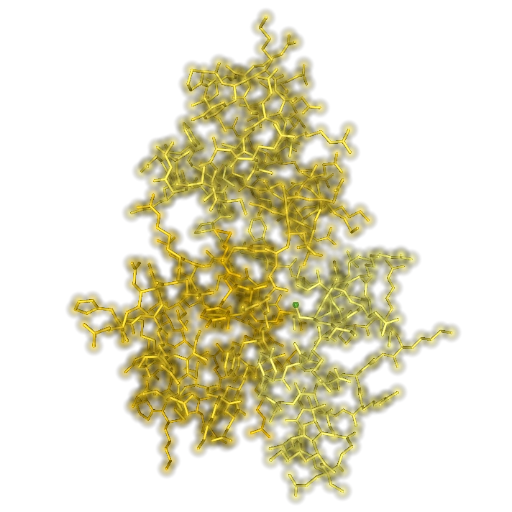
This representation features a transparent, spherical glow around each atom, enhancing visibility. It works best when combined with the licorice model.
Backbone View of Molecular Structures
Show as backbone
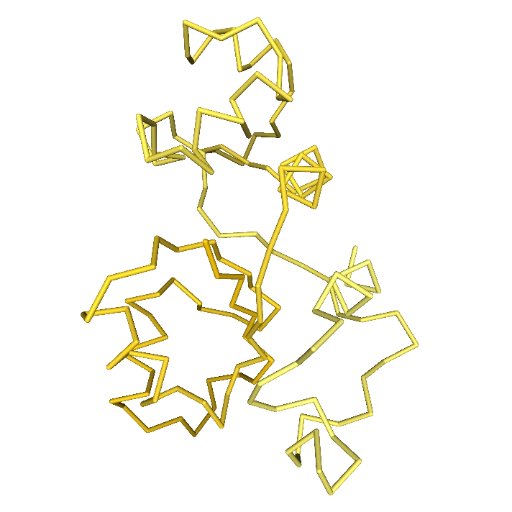
This representation shows the backbone trace of proteins and the backbone of nucleic acids. It is not applicable to small molecules, sugars, lipids, or ions.